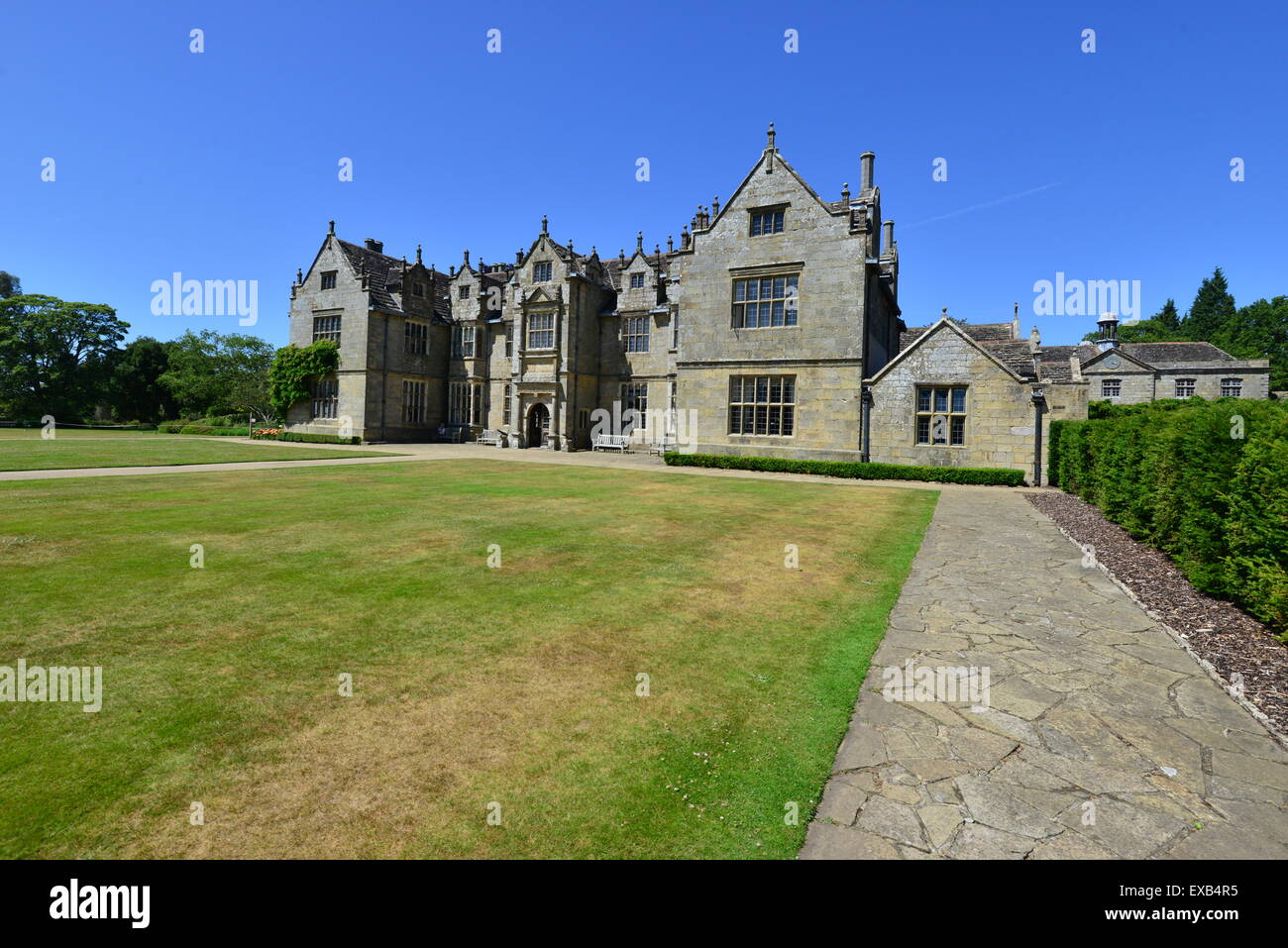Wakehurst Place in West Sussex

Image details
Contributor:
Paul Briden / Alamy Stock PhotoImage ID:
EXB4R5File size:
103.4 MB (4.6 MB Compressed download)Releases:
Model - no | Property - noDo I need a release?Dimensions:
7360 x 4912 px | 62.3 x 41.6 cm | 24.5 x 16.4 inches | 300dpiDate taken:
July 2015Location:
Wakehurst Place, Sussex, EnglandMore information:
Wakehurst Place is a National Trust property located near Ardingly, West Sussex in the High Weald of southern England (grid reference TQ340315), comprising a late 16th-century country house and a mainly 20th-century garden, managed by the Royal Botanic Gardens, Kew, who also have a research facility there. Visitors are able to see the gardens, the historic house, and also visit the research centre. For the National Trust's 2008–2009 fiscal year Wakehurst Place Garden was the Trust's most visited property for which admission was charged, with 439, 627 visitors.[1] The house rated an illustration in Joseph Nash, The Mansions of England in the Olden Time (1839–49). The garden today covers some 2 square kilometres (500 acres) and includes walled and water gardens, woodland and wetland conservation areas. It was largely created by Gerald Loder (later Lord Wakehurst) who purchased the estate in 1903 and spent 33 years developing the gardens.[2] He was succeeded by Sir Henry Price, under whose care the Loder plantings matured, Sir Henry left Wakehurst Place to the nation in 1963 and the Royal Botanic Gardens took up a lease from the National Trust in 1965. Wakehurst is home to the National Collections of Betula (birches), Hypericum, Nothofagus (Southern Hemisphere beeches) and Skimmia. The Great Storm of 1987 decimated Loder's plantings, toppling 20, 000 trees.[3] Since then, Kew has redesigned the gardens to create a walk through the temperate woodlands of the world. The Wellcome Trust Millennium Building, which houses an international seed bank known as the Millennium Seed Bank (run by Kew, not the National Trust), was opened in 2000. The aim of the Millennium Seed Bank is to collect seeds from all of the UK's native flora and conserve seeds from 25% of the world's flora by 2020, in the hope that this will save species from extinction in the wild.[4] Wakehurst Place is home to the largest growing Christmas tree in England, a giant redwood. The tree stands 35m tall and